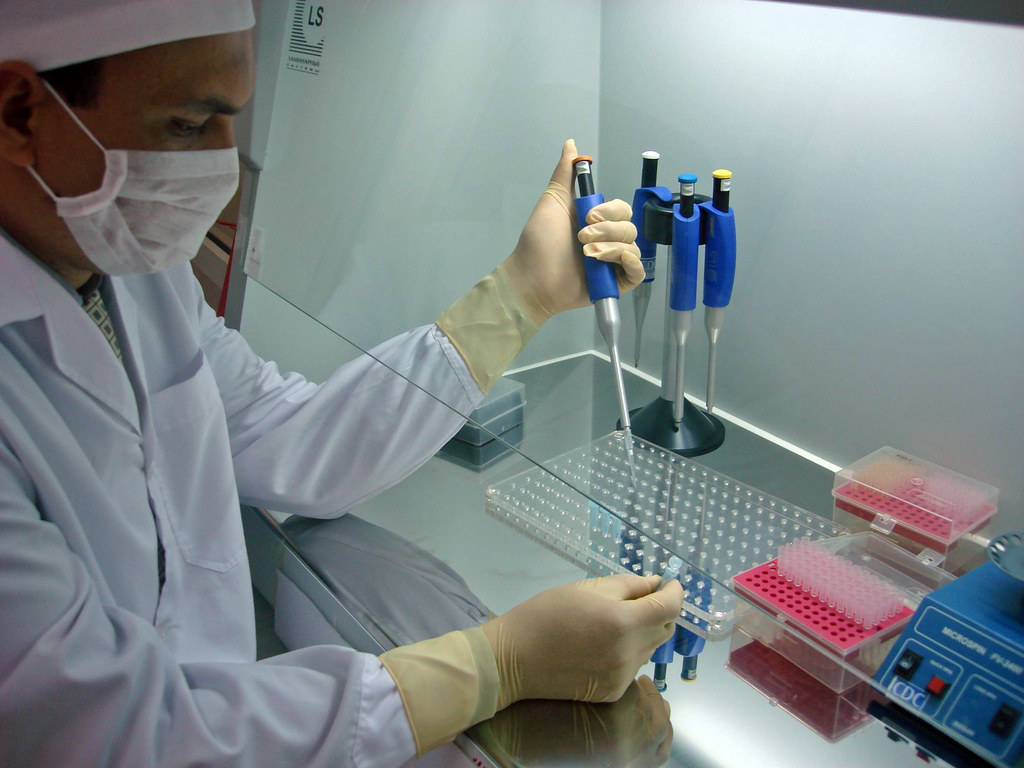Key Takeaways
• A new nanotech membrane slashes water use by 90 percent.
• It speeds up lithium extraction with high selectivity.
• The process cuts waste and energy needs significantly.
• Manufacturers can lower lithium costs for EV batteries.
• This innovation supports greener, more sustainable supply chains.
Revolution in lithium extraction
Rice University researchers have unveiled a new way to extract lithium from brines. This breakthrough could change how we get lithium for batteries. Moreover, it uses a special nanotechnology membrane. The membrane acts like a super filter. As a result, it grabs lithium quickly and lets other minerals pass through. This advance in lithium extraction means less water, less waste, and less cost.
How the new membrane works
First, brine water rich in minerals flows through the membrane. Next, the tiny pores on the membrane capture only lithium ions. Therefore, the process skips many traditional steps. Traditional methods need huge evaporation ponds and lots of fresh water. However, this membrane works in hours rather than months. Additionally, it uses much less energy to pull lithium out. As a result, recovery rates go up while costs go down.
Advances in lithium extraction
The membrane uses a novel nanomaterial surface. Scientists tailored its chemistry to attract lithium ions. Meanwhile, other ions like sodium, magnesium, and calcium slip away. Consequently, the membrane achieves over ninety percent purity in one pass. By comparison, typical methods struggle to reach that level without extra steps. Furthermore, the new system reduces brine disposal by ninety percent.
Benefits of the new technology
• Rapid results: Lithium extraction finishes in hours.
• High selectivity: The membrane targets lithium ions only.
• Energy efficiency: The process cuts power use dramatically.
• Water savings: It uses ninety percent less fresh water.
• Lower costs: Producers spend less on equipment and processing.
• Less waste: Brine disposal needs drop by ninety percent.
Impact on EV supply chains
Electric vehicle makers need reliable lithium supplies. Today, demand grows fast as more drivers choose EVs. Therefore, securing lithium cheaply and sustainably becomes crucial. This membrane can speed up lithium extraction at mining sites. Thus, battery producers can get steady, lower-cost lithium. Moreover, they cut their carbon footprints by using less water and energy. In turn, consumers may see lower EV prices and greener batteries.
Environmental and economic gains
The new process tackles major environmental challenges. Traditional brine evaporation can take two years and waste huge water volumes. Yet this membrane completes extraction in hours. In addition, it slashes water use by ninety percent. Consequently, mining operations in dry regions can reduce their water footprint. They also limit the risk of local ecosystem damage.
Economically, companies can invest less in land and infrastructure. They avoid huge evaporation ponds and lengthy processing. Instead, they install compact membrane units that operate continuously. This change speeds up project timelines from years to months. As a result, investors may feel more confident backing lithium ventures. Meanwhile, battery makers secure faster material flow.
Future outlook
This nanotechnology membrane stands to transform lithium extraction globally. In the near term, pilot plants will test its scalability. Industry leaders will monitor cost savings, water use, and energy data. If all goes well, full-scale installations could pop up in major lithium regions. These include salt flats in South America and brine fields in the United States.
Looking ahead, the membrane could adapt to other metals. Scientists may tweak it to capture cobalt, nickel, or rare earth elements. Such versatility might revolutionize mineral recovery across industries. At the same time, greener supply chains will reduce the mining sector’s climate impact. Overall, this breakthrough promises a brighter future for battery production and clean energy.
Frequently Asked Questions
How much water does this new membrane save?
This membrane uses about ninety percent less fresh water than evaporation ponds. It filters brine quickly without large holding areas.
Can the membrane work for other minerals?
Scientists believe the membrane’s surface can be customized. Future versions might target cobalt, nickel, or other valuable ions.
Will this technology lower electric vehicle prices?
By cutting lithium costs and speeding up supply, it could reduce battery prices. Lower battery costs often translate to more affordable EVs.
What makes this membrane more energy efficient?
The membrane operates at room temperature and uses simple pressure. It avoids lengthy evaporation and heating steps, saving power.

